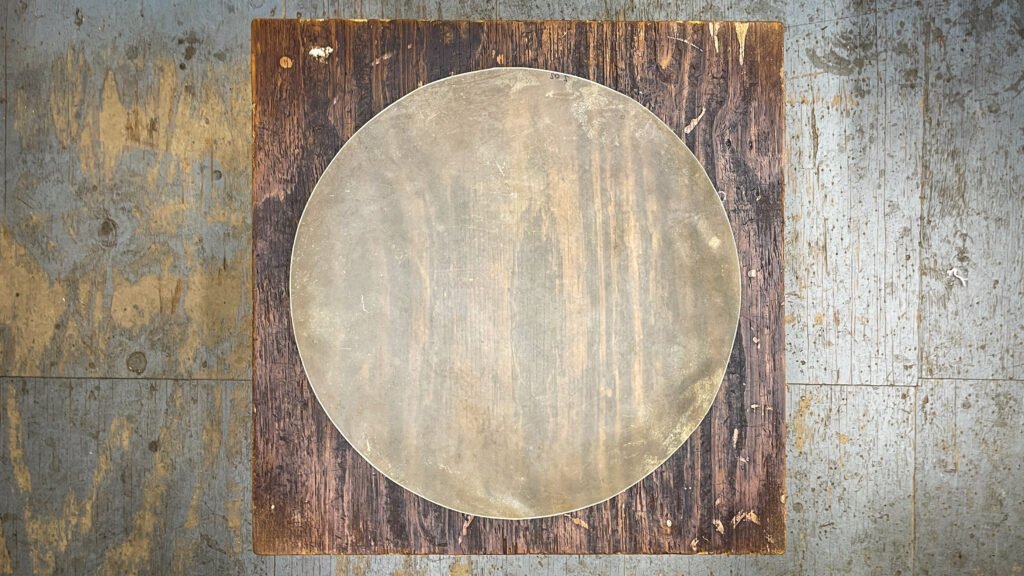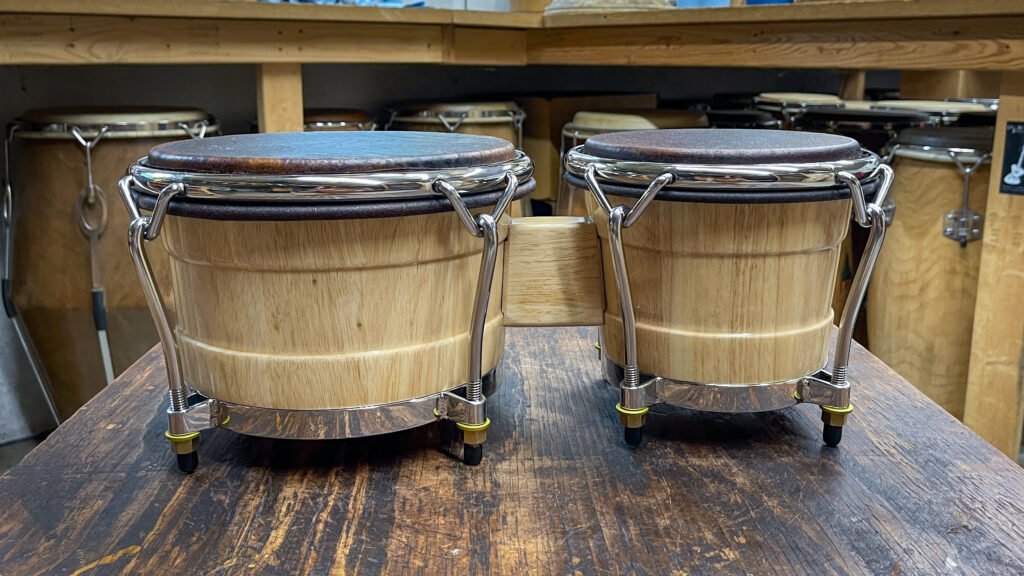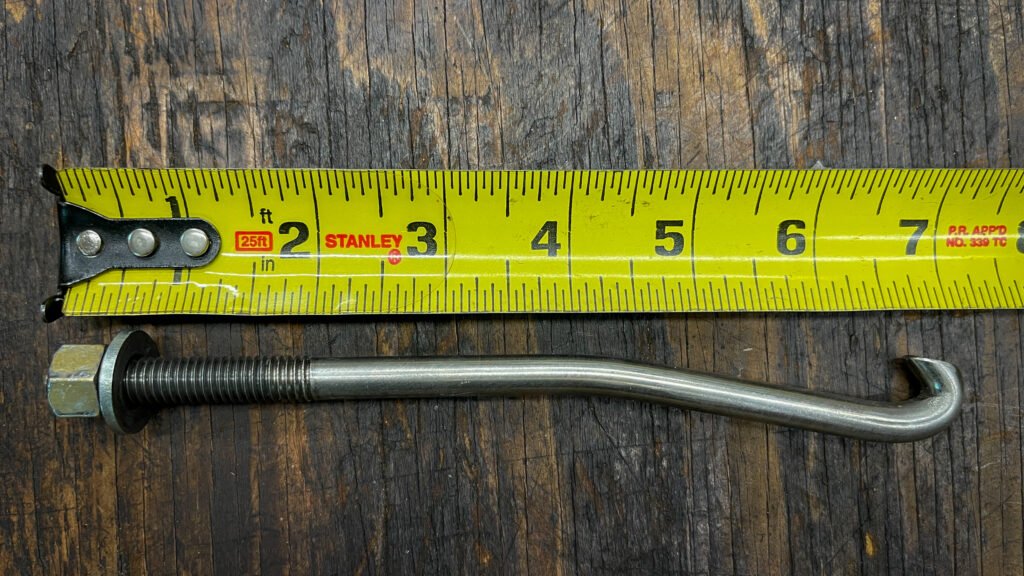We recently had the opportunity to work on these Requena bongos. Manito made new 304SS lugs, and I upgraded the skins to amber Middle Eastern Steer- 1mm on the 6.5″ macho, 1.4mm on the 8″ hembra.


We recently had the opportunity to work on these Requena bongos. Manito made new 304SS lugs, and I upgraded the skins to amber Middle Eastern Steer- 1mm on the 6.5″ macho, 1.4mm on the 8″ hembra.






You get what you pay for!
I hear this all the time. “I bought these new very inexpensive natural skin heads on eBay or Amazon, and they broke after a week.” I always try to find out as much as possible about the failure. Is the seller reputable? What type of skin is it? How thick is the skin? How much tension was on the skin when it failed? What sort of environment were the drums in when the skin failed? Often, they neither knew what type of skin they were buying, nor the thickness. Most failures occurred due to a very thin skin under high tension in a very dry environment.
We do the work for you. Longstanding relationships with our suppliers allow us to offer very high quality skins and the proper thickness relative to drum size. Any skins with defects are rejected. We use a long reach digital caliper to measure thickness. We also send the same tool to each of our suppliers, so everyone is on the same page.
Whether you are getting a flat skin to mount yourself or a PreMounted head, you can rest assured that you will get the highest quality and craftsmanship every time. In addition, our flat skins and PreMounted heads carry a 60-day warranty.
Meet Pepa! She’s another of our three shop dogs.





Here’s a before and after of Pearl bongos and congas. Manito repaired cracks, refinished the shells, fabricated all the SS304 hardware and installed new feet on the congas. I mounted the skins- 2.2mm Fat Cat on the tumba, 2.4mm Fat Cat on the super tumba, 1mm steer on the macho, 1.6mm steer on the hembra.



We just received an order of high quality Middle Eastern Steer skins. It produces a warm and classic sound with crisp slaps, round open tones, rich bass and controlled overtones. It has medium action, very smooth and somewhat supple playing surface, and is ideal for live and studio applications. It is the most versatile skin type we offer, and our shop favorite! I mount these skins on every conga Manito produces.
Recommended Thicknesses/Sizes:
Djembe- 1mm/24″ diameter
Barril de bomba- 1mm/24″
Bongo macho- 1mm/14″
Bongo hembra- 1.6mm/16″
Requinto- 1.8mm/18″
Quinto- 1.8mm/20″
Conga- 2mm/20″
Tumba- 2.2mm/22″
Super tumba- 2.4mm/22″
Iya Enu- 1.9mm/20″
Iya Chacha- 1.2mm/14″
Itotele Enu- 1.6mm/18″
Itotele Chacha- 1mm/14″
Okonkolo Enu- 1.4mm/16″
Okonkolo Chacha- 1mm/14″








What tips do you have for mounting flat natural skins on drums successfully? Here are a few that have worked well for me with regard to congas.
Soak the skin in cold water to preserve the fat content.
Soak the skin until pliable, not floppy and weak.
Make sure the flesh hoop is properly sized, round and free of rust or defects.
Make sure the tuning lugs are lubricated and move easily.
Apply a very thin coat of beeswax to the bearing edge of the shell.
Use mounting lugs that are 1″ longer than original lugs.
Use clamps around the skin to extend the size to get the skin around the flesh hoop and up through the crown.
Remove all folds in the skin.
Mount the skin as loose as possible with an even collar height of 3/8″ to preserve the collagen protein in the skin.
Trim the skin with a very sharp blade pointed away from the playing surface.
Add even tension as the skin dries to avoid a dip in the head.
Arrive at a collar height of 3/4″ at the end of the drying stage.
Meet Birdie! She is one of our three beloved shop dogs.

High quality rawhide for drums consists of fat, elastin and collagen. Processed properly, it has all the elements necessary for a great sound and long life.
Oils and conditioners can be over applied easily. A natural skin drum head can be saturated to the point of sounding flabby, dead and difficult to tune.
We always recommend allowing the natural oils from hands to condition the skin. In the case of very dry hands, a very light application of environmentally friendly vegetable oil like canola will work annually. Apply with a very soft cloth, and wipe off.
Relieving some tension when not in use will extend the life of the skin.

Pro tip! In order to determine drum shell size, uninstall the head and measure the outside diameter of the bearing edge. Let the tape hang down the side of the shell so that it sits flush against the bearing edge. This is an 11″ quinto.

